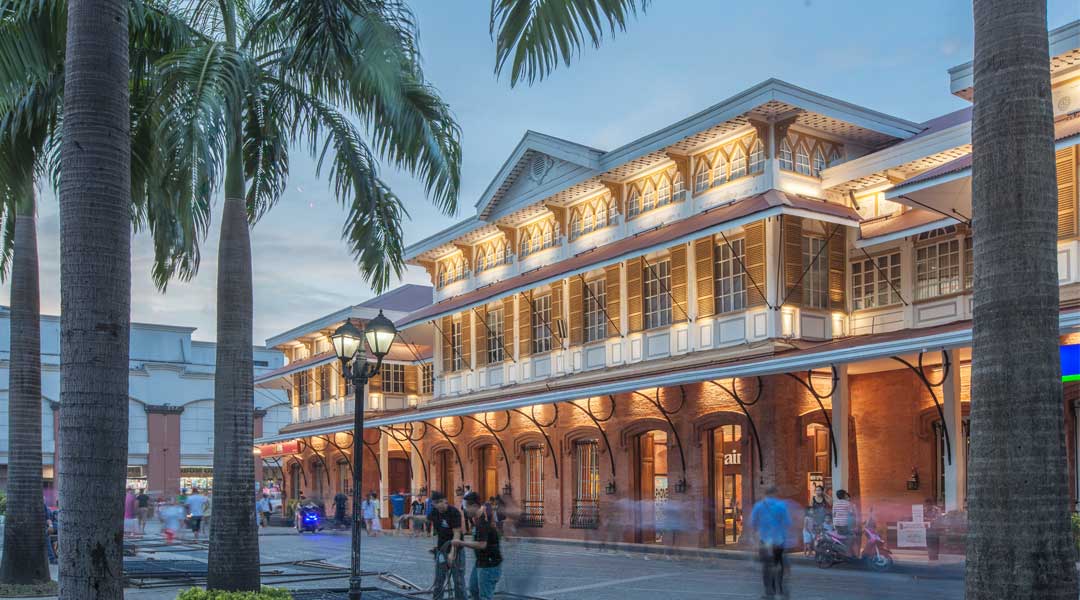
Tondo’s Old Tutuban Main Station goes from rail to retail
Many train commuters know the Tutuban Main Station as the unremarkable concrete building along Mayhaligue Street in Tondo that serves as the main terminal and executive offices of the Philippine National Railways. What they don’t know is a block away, a much older and grander building dating to the late 19th century used to carry the title. Before it became the centerpiece of the 20-hectare Tutuban Center developed in 1993 by Prime Orions Philippines, it served as the main terminal of the country’s first railroad network.
As part of an ambitious project of the Spanish colonial government, it was instrumental not only in transporting Filipinos across Luzon but also in developing provinces outside the economic center of Manila. Upon acquiring the company in 2016, Ayala Land set in motion the much needed clean up and retrofitting of the seedy old mall and heritage structure, and the redevelopment of the environs.
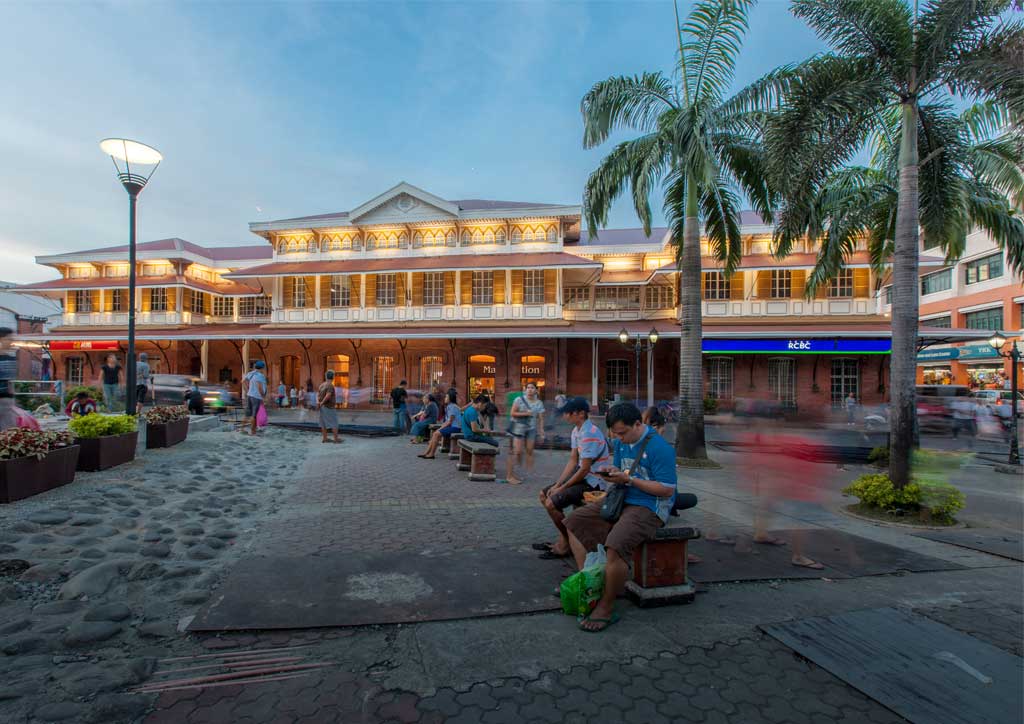
Colonial railways
The Ferrocarriles en la Isla de Luzón (Railways of the Island of Luzon) were coneived through a royal decree by King Alfonso of Spain in 1875 ordering the Office of the Inspector of Public Works to craft a railway plan for Luzon. The following year, Spanish engineer Don Eduardo Lopez Navarro submitted his proposal for a network of three railroad lines 1,730 kilometers long, connecting the northern and southern provinces outside Manila. Ayala Land senior vice president and chief urban planner Dr. Arturo Corpuz, in his book The Colonial Iron Horse: Railroads and Regional Development in the Philippines, 1875-1935, describes the project as “the single most important infrastructure built in the Philippines during the Spanish colonial period that was not initiated by the Church.”
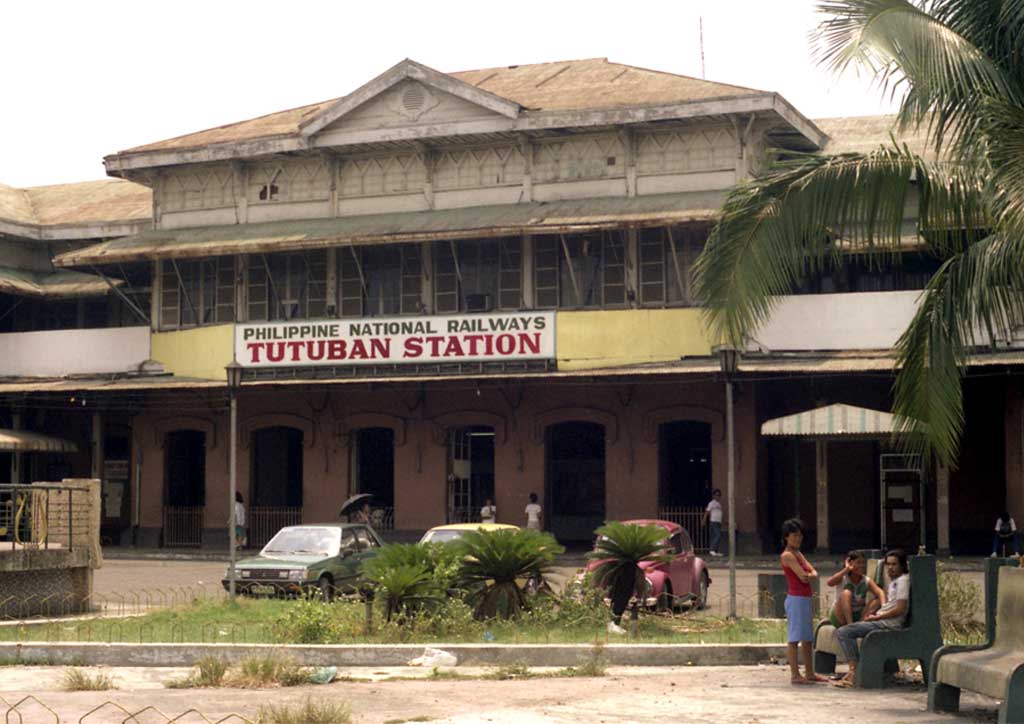
The first of the three lines was the 192-kilometer Manila-Dagupan line, which served the northern part of Luzon. The Spanish colonial government first granted the concession of the railway line to Don Edmundo Sykes in 1887 before transferring it a month later to Don Carlos Bertodano of the Manila Railroad Company or MRRCo. The main estación de ferrocarril in Tondo, the Tutuban Main Station, designed by Spanish architect Juan Jose Hervas, was completed in the same year.
The two-storey building, which stands to this day, adheres to the stylistic idiom of the bahay na bato. Instead of stone, the ground floor is made of concrete with brickwork veneer, the material prescribed by British Railway standards, while the upper floor is made of wood supported by riveted steel columns with acanthus capitals. Its corrugated galvanized iron roof with a gable wall at the center has wide eaves with stylized roof exhausts and is supported by wooden roof brackets with fretwork. The sliding persiana windows on the upper floor are shaded by media agua or window canopies. Wooden panels or bandehado replace the ventanillas and espejo. A deep skirt roof runs around the ground floor providing sidewalk shading.
READ MORE: Art Deco Laperal Apartments retrofitted, now a student dorm
The construction of the railroad stretching all the way to Dagupan took four years. Materials for the rails, switches, and cast iron components were imported from England, the timber and railroad ties from Australia. The rail line partially opened in 1891 and began full operations three years later. With the first screeches and whistles of the iron-clad steam locomotives, land travel in the Philippine Islands changed. The railway provided Filipinos a convenient mode to travel long distances, and triggered the growth of landlocked regions along the trains’ route. According to Corpuz, the railway facilitated not only the transportation of people but also the movement of products of industry.
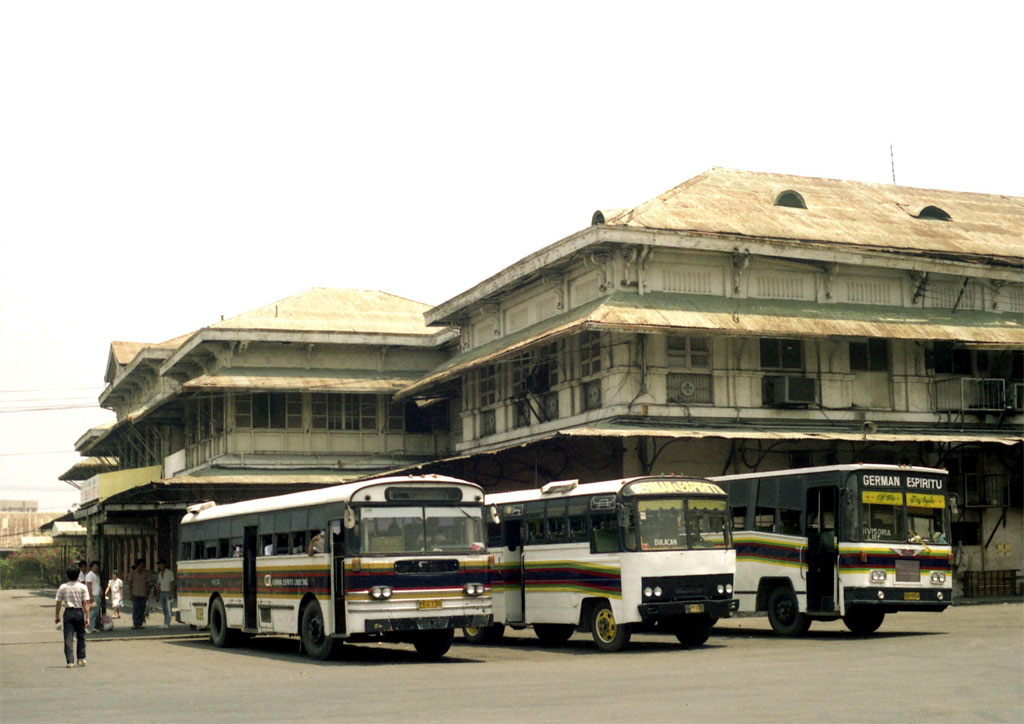
The growth was short-lived. In 1892, a year after the line opened, Andres Bonifacio led an uprising against Spain and commandeered the railways. In 1896, the Americans took the Philippines from Spain. Filipino fighters continued their armed resistance against a new and more powerful enemy but were easily overcome. With the revolution quelled, the train system resumed operations under the American colonizers. Unfortunately, during World War II, more than 50 percent of the railroads were destroyed. Despite rehabilitation and the shift from steam to diesel trains, the rail network (renamed the Philippine National Railways in 1964 by virtue of Republic Act No. 4156) was soon forgotten as buses and trucks took over with the construction of the Pan-Philippine highway.
Looking after the place
“We have no intention of demolishing the old station or to put up new constructions. As a responsible developer, we want to keep the historical aspect of the structure, so we focused on upgrading its utilities such as the roof’s waterproofing and insulation, drainage system, air-conditioning, lighting, and security,” says architect Mihlgrace Samonteza of Ayala Land. “Thoughtful elements that are a signature of Ayala malls such as clean restrooms, concierge stations, LED lighting, and wayfinding signage were some of the significant improvements.”
Focusing its efforts on the visual elements and façade improvement of the Tutuban Center, Ayala Land consulted conservation architect Augusto Villalon of the Cultural Heritage Resources Associates, Inc. Scraping off layers of paint, Villalon’s team discovered the original colors of the old station. Using this palette, they repainted the structure to bring it back to its original appearance. They suggested specific types of wood and bricks to replace the deteriorated parts of the building.
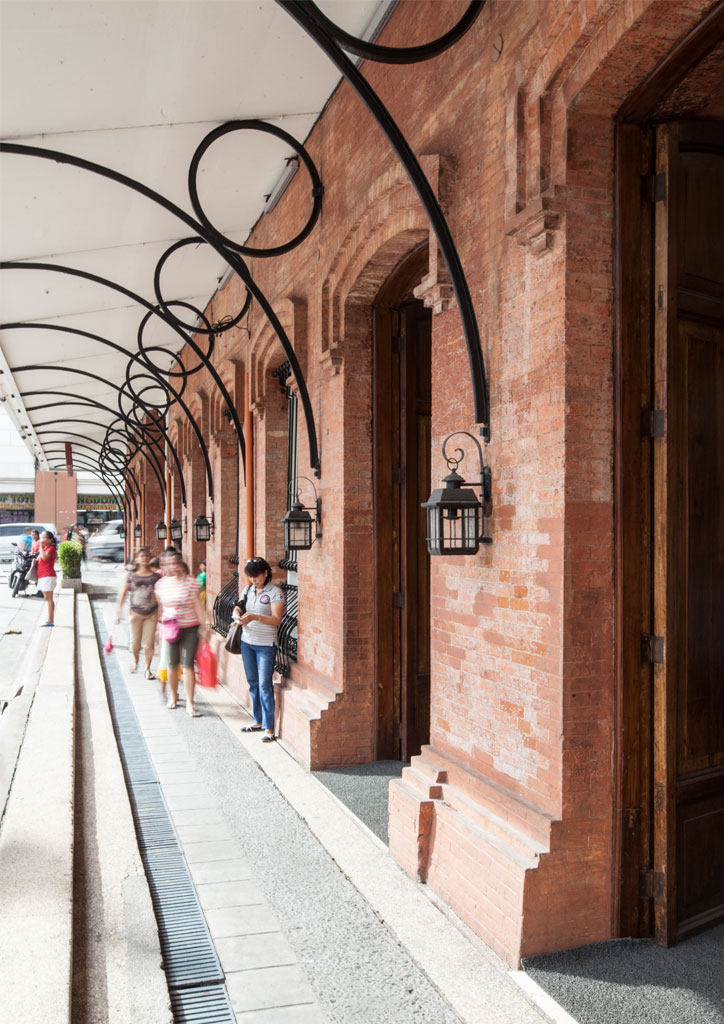
Despite the changes, Samonteza says Ayala won’t disrupt the retail ecosystem of Tutuban, which connects small and medium enterprises, wholesalers, and bargain hunters. They are keeping the traditional night market, a retail concept Tutban pioneered in the Philippines. As soon as the mall closes, accredited merchandisers set up their stalls around the historic station. By six in the evening, the perimeter roads are closed to vehicles so people can shop until midnight.
About 300 CCTV cameras were installed and more than a hundred security personnel are deployed to guard the area. Ayala wanted Tutuban to maintain its appeal to the broader market so as not to crowd out the community that has made it a place for family bonding and leisure.
According to Samonteza, her team organized the merchandisers into zones or clusters, established clear rules and expectations for tenants, and upgraded the facilities to provide a safe, clean, and enjoyable environment for shoppers.
“We decided to retain the market and the stalls because these were already part of the DNA of Tutuban and we don not want to disrupt that. Conservation isn’t always about major interventions. It is a matter of looking after a place to retain its historical and social significance for the enjoyment of the community it serves.” ![]()
This article first appeared in BluPrint Volume 1 2017. Edits were made for Bluprint online.
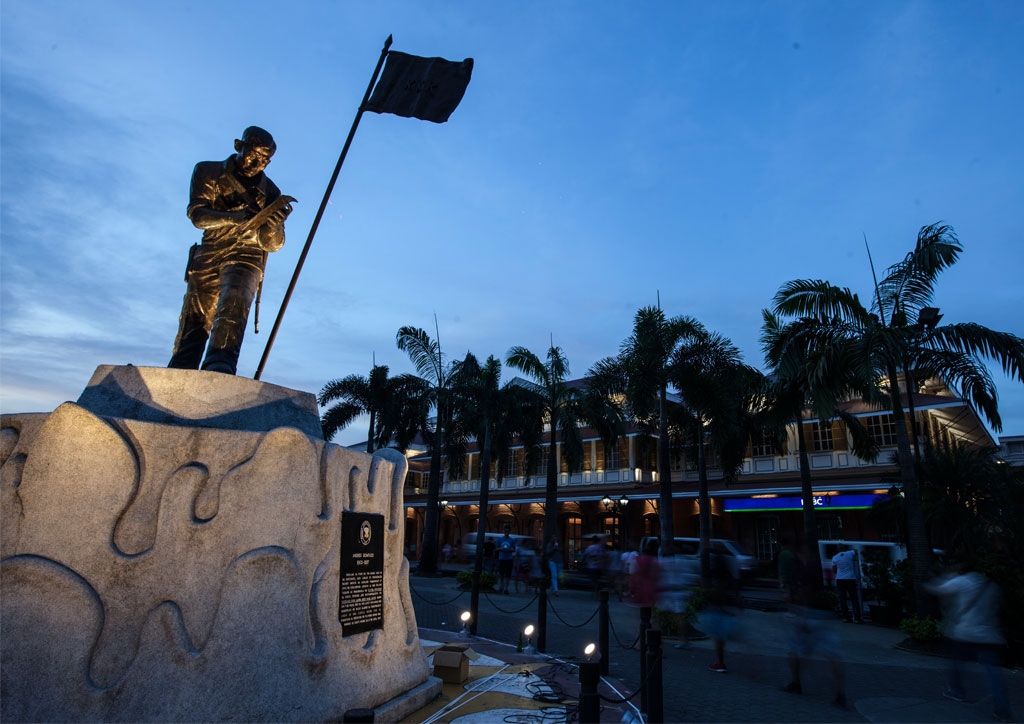
READ MORE: A Fitting Retrofit: The Restoration of Manila Cathedral


